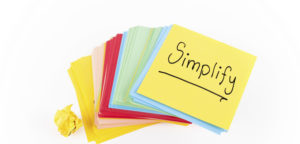
Feed Back and Feed Forward: How to Improve Your Student Evaluations
It is widely assumed among faculty that students reward easy grades with good evaluations, which then becomes reason to dismiss student evaluations as unreliable. But a meta-analysis of various studies testing this hypothesis found that while some showed a minor correlation between grades and evaluations,












